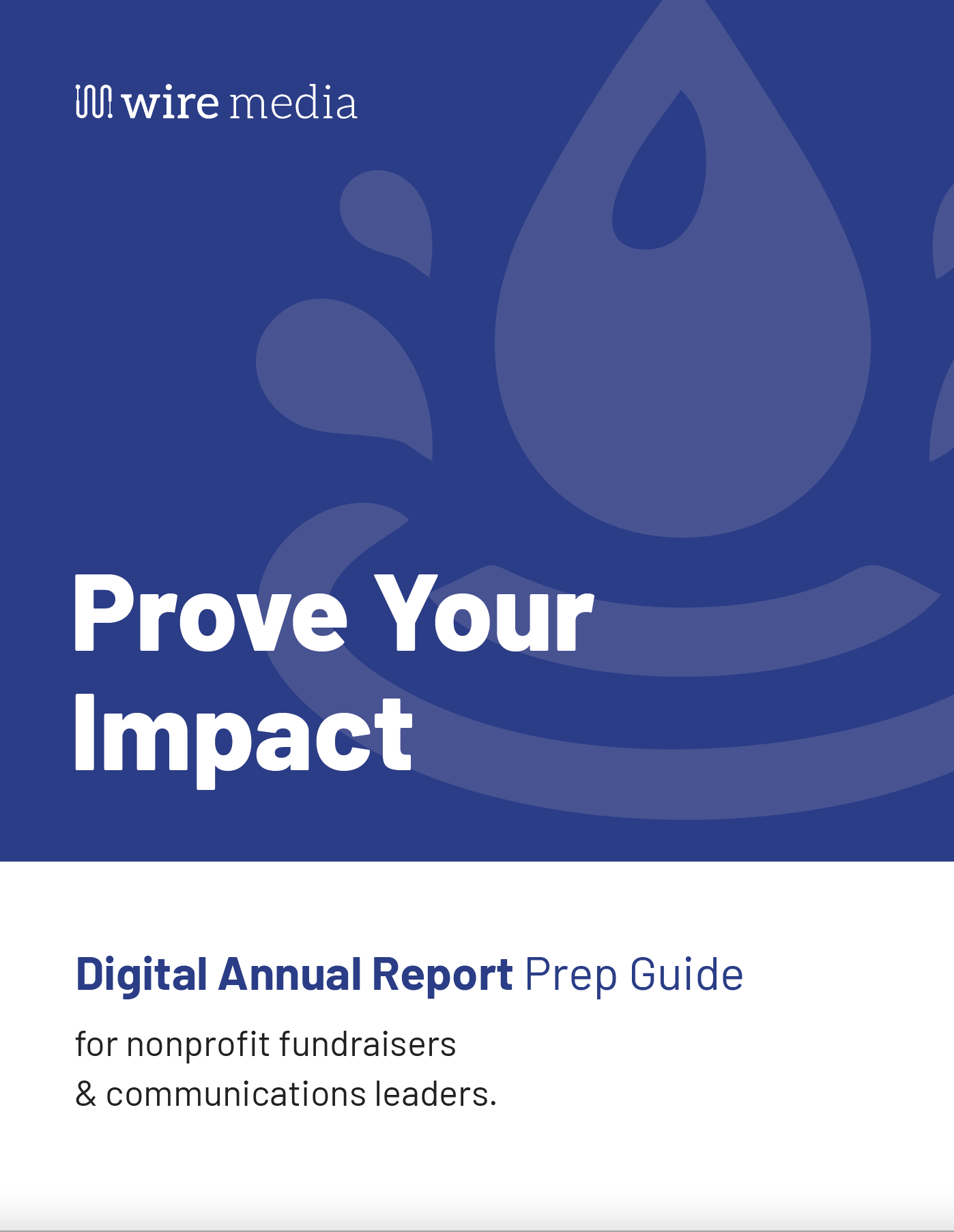
Looking to become an ace storyteller? Stick around. We have a few tips to get you started using the power of video storytelling. If you’re part of a nonprofit organization, you know how important it is to share your mission and impact with the world. And what better way to do that than through the magic of video?
We’re going to share four key ways you can be an effective visual storyteller, using video to connect with your audience, inspire action, and make a lasting impact.

Start with a Compelling Story
Stories are like the secret sauce of effective communication, and the same goes for nonprofit videos. To be a top-notch visual storyteller, you need to have a compelling story at the core of your video. It’s all about connecting with your audience on an emotional level.
So, how do you craft a compelling story?
First, identify a central character or subject. It could be someone your nonprofit has helped, a dedicated volunteer, or even an inspiring staff member. Then, consider the challenges they faced and the changes they underwent thanks, in part, to your organization’s work. This journey becomes the heart of your story.
For example, let’s say you’re a nonprofit focused on providing clean water in developing countries. Instead of showing statistics and graphs, introduce us to Maria, a young girl who used to walk miles to collect dirty water but now has access to clean, safe water. Her journey and the impact on her life will capture hearts and minds much more effectively than dry facts.
Show, Don’t Just Tell
Ever heard the phrase, “A picture is worth a thousand words”? Well, in the world of video storytelling, it couldn’t be truer. Visual storytelling is all about showing your audience the impact of your work, not just talking about it.
Here’s how you can do it:
Start by capturing authentic moments. Use real footage from your nonprofit’s activities. Don’t stage things. Instead, capture genuine emotions, interactions, and moments. If you’re distributing school supplies to youth in need, ask their guardians if you can record their reactions as they receive their new materials.
Do interviews or take testimonials. Let the people you’ve supported share their stories. A heartfelt interview or a powerful testimonial can provide authenticity and connect viewers to your cause. Hearing from Maria about how clean water has changed her life can be incredibly moving.
Opt for visual metaphors. Sometimes, visuals can convey your message more powerfully than words. For instance, if your nonprofit works on reforestation, show a barren land transforming into a lush forest over time. It’s a metaphor for the change your organization is making.
Keep It Short and Sweet
In the age of short attention spans and endless online content, brevity is your best friend when it comes to video storytelling. People are more likely to watch and engage with your video if it’s concise and to the point.
Start by setting a time limit. Aim for a video length of 2-3 minutes max. Anything longer, and you risk losing your audience’s interest.
Plan your content. Before you start filming, outline the key points you want to cover. Stick to the essential elements of your story and cut out any unnecessary details.
Engage the viewer from the start. Begin your video with a compelling hook. Whether it’s a touching moment, a thought-provoking question, or an interesting fact, grab your viewers’ attention right away.
Always end with a call to action. Finish strong by telling your viewers what you want them to do next. Whether it’s donating, volunteering, or sharing the video. Make it clear and easy for them to take action.
Use the Power of Music and Editing
The right music and editing can take your video from good to great. They set the mood, evoke emotions, and enhance the overall impact of your story.
First, select the right music. Choose music that complements the mood of your video. If you’re telling an uplifting story, go for a cheerful tune; for a more serious topic, opt for something reflective. There are many royalty-free music libraries available online. This will keep you from worrying about copyright issues.
Edit with precision. Pay attention to the pacing of your video. Use cuts, transitions, and overlays to maintain a smooth flow. Avoid long, unbroken shots, as they can become boring. Remember, editing is where you can fine-tune your story and maximize its impact.
Don’t forget to add subtitles. This is especially important when you’re sharing your video on social media. Not only do they make your content accessible to a broader audience, but they also ensure that your message gets across even if viewers can’t turn up the volume.
Final Word
Visual storytelling through video is a powerful tool for nonprofits to share their mission and impact. By crafting a compelling story and including a few key elements, you can effectively engage your audience and inspire them to take action.So, whether you’re working to provide clean water, support education, fight hunger, or any other noble cause, grab that camera and start sharing your story with the world!
Further reading and resources:
